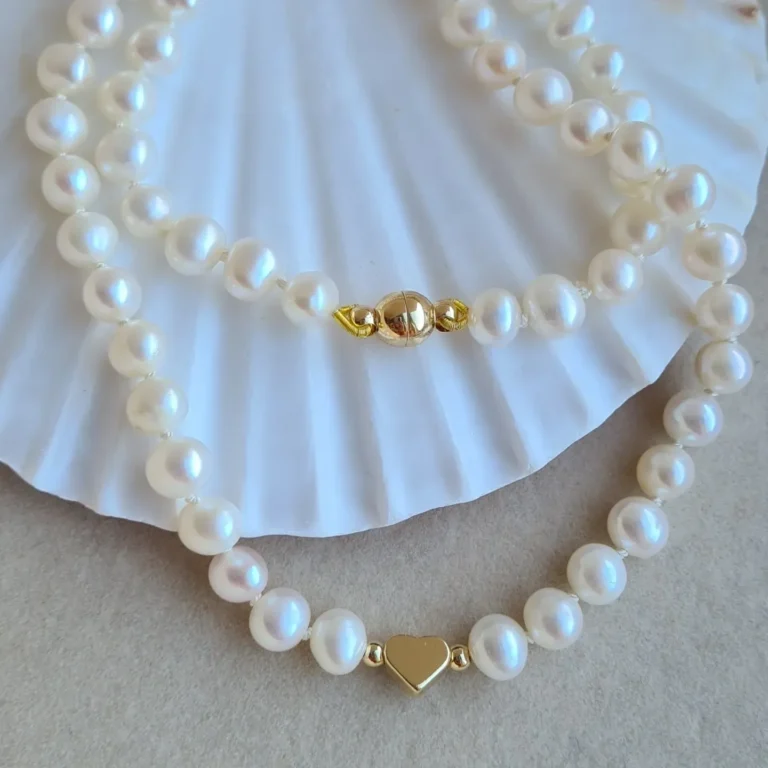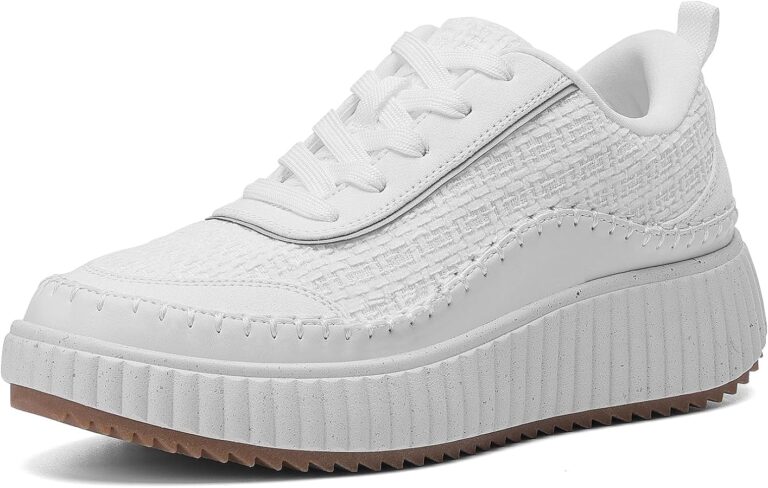Comfort Meets Performance: The Rise of Stretch Fabrics in Fashion
The History of Lycra
In 1958, chemist Joseph Shivers developed Lycra at DuPont as a groundbreaking alternative to rubber, initially intended for use in corsets. Lycra revolutionized the textile industry with its remarkable flexibility and strength, becoming a staple in activewear, swimwear, and fashion. Widely known as elastane, this material is celebrated for its exceptional stretch and ability to retain its original shape, making it a crucial component in contemporary fabrics. Today, Lycra symbolizes adaptability and high performance in the global clothing industry.
How Lycra Fiber Transformed Fashion
Since its creation, Lycra fiber has profoundly impacted the fashion industry. One of its most impressive qualities is its capability to stretch up to five times its original length without losing shape. This exceptional flexibility allows designers to create form-fitting garments that enhance comfort and aesthetics. It has given designers the freedom to experiment with shapes and styles that were previously unimaginable, ushering in an era of fashion characterized by dynamic and versatile clothing that moves with the wearer rather than restricting them. As a result, it has become an essential part of athletic wear, intimate apparel, and everyday clothing, significantly raising the standards of comfort, fit, and style consumers now expect from their garments. Furthermore, its ability to seamlessly blend with other fabrics has become ubiquitous in modern fashion.
Practical Benefits of Lycra
Lycra fibers offer several practical benefits for everyday wear, which have led to their widespread adoption in the fashion industry:
- The exceptional elasticity of Lycra provides a snug fit without restricting movement, offering unmatched comfort, especially in activewear and underwear.
- Lycra’s tenacity makes it an excellent material for regular and specialty apparel, including sportswear. It increases the garment’s resistance to wear and tear and extends its lifespan.
- Lycra ensures excellent shape retention, meaning garments with it maintain their fit and structure even after repeated washing and extensive use. This is crucial for items like leggings, swimsuits, and compression wear.
- Since Lycra is typically lighter than traditional textiles, it improves the overall wearability and comfort of the clothing.
These benefits enable consumers to wear Lycra-infused clothes for longer and with greater satisfaction.
Lycra in Sportswear and Performance Apparel
Lycra, a synthetic fabric known for its exceptional properties, is commonly used in everyday clothing and widely employed in sportswear and performance apparel. Its unique combination of lightweight and flexible characteristics makes it an ideal choice for high-performance settings. Lycra’s ability to adjust to the body’s movements eliminates chafing and friction, giving athletes a level of comfort that is crucial. Additionally, the fabric’s compression attributes have been shown to improve athletic performance and expedite recovery by enhancing circulation. Consequently, incorporating Lycra in sportswear directly influences the well-being and performance of athletes.
Moreover, its exceptional flexibility enables a full range of motion, making it a preferred material for various sports apparel, including yoga pants, running tights, cycling shorts, and swimwear. Lycra’s adaptability and functionality make it indispensable in the wardrobes of athletes and fitness enthusiasts worldwide. It is comfortable and significantly improves athletic performance and general well-being when used in sports gear.
The Sustainability Aspect
With increasing awareness about environmental conservation, Lycra’s production has seen efforts towards sustainability. Various eco-friendly practices are being incorporated into its manufacturing process. Fashion is becoming more ecological, reducing waste thanks to innovations like reusing Lycra fibers. Sustainable production methods include using renewable energy sources, minimizing water usage, and reducing chemical emissions. These efforts align with the broader industry trends towards sustainability and responsible manufacturing, ensuring it remains a viable option in the fashion industry without compromising environmental values. Additionally, some companies are investing in developing biodegradable versions of Lycra, which would significantly reduce its ecological footprint. This emphasis on sustainability helps protect the planet and aligns with consumer preferences for eco-friendly products, supporting the industry’s long-term growth and innovation.
Future Innovations in Lycra Technology
As technology continues to evolve, so does the science behind Lycra. In the future, we may see the development of intelligent fabrics that can adapt to environmental changes or monitor physical health. For example, Lycra could be combined with sensors to track biometric data, providing comfort and flexibility while adding a layer of health monitoring to clothing. These advancements will solidify Lycra’s status as a crucial player in fashion and textiles. They are likely to expand applications of Lycra beyond traditional clothing, entering fields such as medical wear and space fabrics, positioning Lycra as a future material. Furthermore, research is being conducted to develop Lycra blends with antimicrobial properties that enhance garment hygiene and safety. The future looks promising for Lycra as it adapts to consumers’ ever-changing needs and preferences while pushing the boundaries of fabric technology.
Conclusion
Since its introduction in the late 1950s, Lycra, also known as spandex or elastane, has revolutionized the fashion industry with its remarkable attributes. This versatile material, prized for its exceptional stretch, durability, and comfort, has become integral in various garments, from performance activewear to high-end couture. With ongoing technological advancements shaping the industry and an increasing emphasis on sustainability, the versatile role of Lycra is expected to undergo significant evolution, ultimately exerting a long-lasting impact on the fashion and textile sectors. Its journey from a pioneering invention in the laboratory to a ubiquitous presence in global fashion underscores its enduring significance and enduring allure within the fashion landscape.






